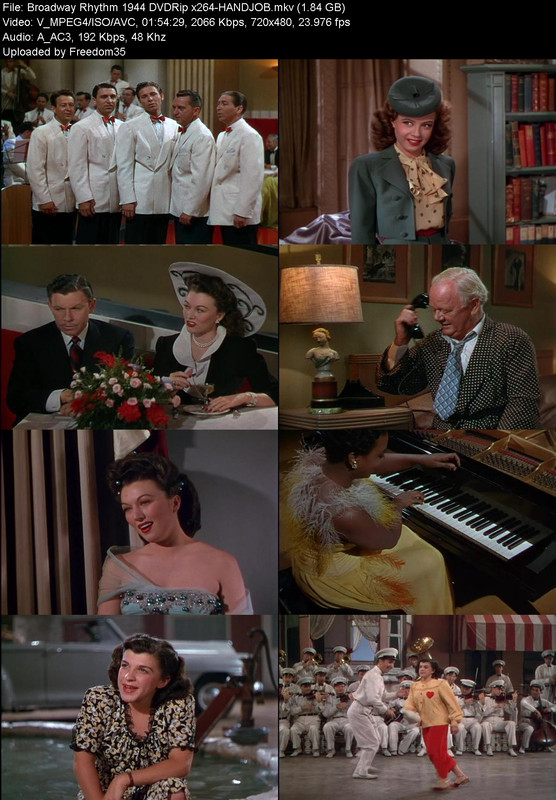


As in Moore’s animation, Babbitt’s employed fundamental aspects towards the pigs’ bodies. Having arrived from Paul Terry’s studio in New York a few months before, traces from his earlier animation hadn’t withdrawn- the Wolf bears some resemblance to villainous characters in the contemporary Terrytoons. However, studios such as Max Fleischer’s and Ub Iwerks’ still continued to utilize them to their unique styles.Īrt Babbitt’s drawings/animation of the Big Bad Wolf appear more sinister and wolf-like than Ferguson’s. This impressed his fellow colleagues, and Walt Disney himself it proved so influential that other animation studios proceeded to implement “squash-and-stretch,” rendering rubber-hose animation, begun in the late teens, almost archaic. Moore’s introductory scenes as the Fifer, Fiddler and Practical Pig attested to these new methods of flexibility in character animation. “Squash-and-stretch,” as it became known, meant the volume, and the curved forms, of the pigs’ bodies remained consistent as they altered shape by the force of pulling or pushing. He developed an integral attitude of the characters’ bodies as they followed through with the actions. (Moore animates a small number of scenes with the wolf, as well.)įred Moore, who started at the studio in August, 1930 at the age of 19, rose to prominence as an animator. For this cartoon, these animators are cast by character Lundy and Moore are assigned sequences of the pigs, while Ferguson and Babbitt animated scenes of the Big Bad Wolf. Jack King animates a few brief sequences of the Practical Pig sitting at his piano. Newer, advanced artists Fred Moore and Art Babbitt animated much of the remainder. Much of the scenes are handled by two of the studio’s strongest animators, Norm Ferguson and Dick Lundy. Bletcher’s performance of the Big Bad Wolf led to many performances of different characters, especially animated villains, for Disney and other animation studios.Īnimation for Three Little Pigs was underway by mid-February, 1933. For a brief period in 1920-21, he worked under the name Billy Fletcher, acting in short comedies such as Al Christie’s Gayety Comedies, Spotlight Comedies, Universal Comedies, Mack Sennett, Hal Roach, and Columbia Pictures, among many. For the deep, gruff voice of the Big Bad Wolf, Colvig advised screen comedian Billy Bletcher, whom he knew from working as a gag writer at Mack Sennett’s studio, to audition for the role.īletcher already was a busy comic actor, starting at the Vitagraph Studios in Brooklyn, moving over to the Vim Comedy Company in the teens, appearing in several of the Plump and Runt comedies, starring Oliver Hardy and Billy Ruge. Both were paid ten dollars each for their days’ work. Moder recalled their session on Three Little Pigs as a simple one-day assignment, in between their other recording work. Two freelance singers, Dorothy Compton and Mary Moder, provided the voices for The Fifer Pig and Fiddler Pig, while Pinto Colvig provided the voice for the Practical Pig. Albert Hurter, hired at the studio in June 1931, designed the giddy pigs, their costumes and their houses. In order to give these characters appeal, Disney wanted the pigs to be portrayed as human characters, dressed in clothes they also acquired household tools and musical instruments in certain sequences. Naturally, these components are omitted in the film, but the wolf’s intent to eat the pigs is still retained. After failing to blow down the diligent third pig’s brick house, the wolf climbs down the chimney, but the third pig catches and traps the wolf in a boiling cauldron, eating him in the end. The original source material has the wolf devour the first two pigs after blowing their houses down. During this period, the studio’s four principal story artists were Webb Smith, Ted Sears, Pinto Colvig, and Albert Hurter. By mid-December, 1932, gag meetings were conducted and a three-page outline circulated around the studio. Walt Disney’s wife Lillian and her sister Hazel Sewell, head of the studio’s inking and painting department, suggested this familiar story as a potential Silly Symphony. “Who’s afraid of the Big Bad Wolf, Big Bad Wolf, Big Bad Wolf?” This week’s breakdown features a true Disney triumph.


 0 kommentar(er)
0 kommentar(er)
